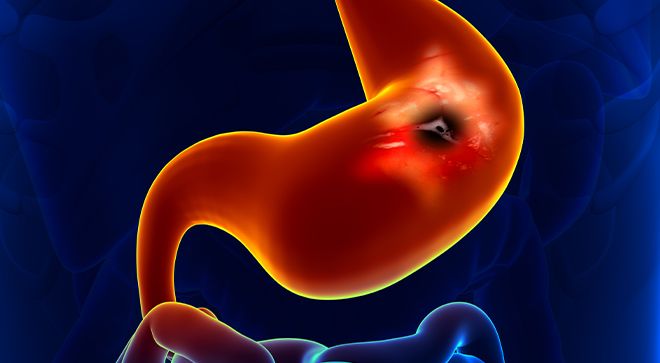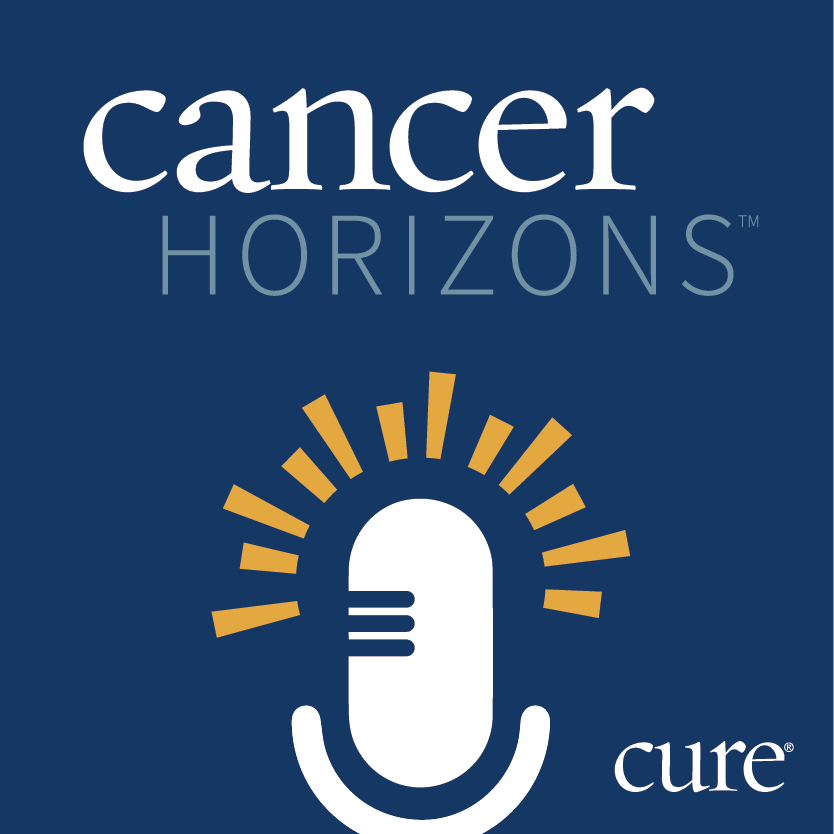Among patients with resectable, locally advanced esophageal squamous cell carcinoma (ESCC), treatment with Tyvyt (sintilimab) plus neoadjuvant chemoradiotherapy (CRT) generated an improvement in pathological complete response (pCR) rate compared with CRT alone, according to data from the phase 3 SCIENCE trial which were shared at the 2025 ASCO Gastrointestinal Cancers Symposium.
However, an improvement in pCR rate was not observed for the experimental regimen of neoadjuvant Tyvyt plus chemotherapy versus Tyvyt plus CRT or CRT alone.
Findings from the study conducted at more than 14 centers in China showed that patients treated with Tyvyt plus CRT (45 patients) achieved a pCR rate of 60% compared with 13% for those given Tyvyt plus chemotherapy (46 patients). The pCR rate was 47.3% in patients given CRT alone.
“Adding [Tyvyt] … to neoadjuvant CRT may improve the pathological outcomes without increasing surgical risks,” lead study author Dr. Xuefeng Leng, of the Department of Thoracic Surgery at Sichuan Cancer Hospital and Institute, Sichuan Cancer Center, School of Medicine, University of Electronic Science and Technology of China, said in a presentation of the data. “Neoadjuvant CRT combined with [immunotherapy] has the potential to become the new standard of care [SOC] in the near future.”
Glossary:
Adjuvant: cancer treatment given after the initial treatment to reduce the risk of the cancer returning.
Chemoradiotherapy (CRT): a cancer treatment that combines chemotherapy and radiation therapy.
Disease control rate: a percentage of patients who have a complete response, partial response or stable disease after treatment
Gray (gy): unit of radiation dose.
Intensity modulated radiation therapy (IMRT): a type of radiation therapy that uses computer-controlled beams of varying intensity to precisely target a tumor.
Major pathological response rate: the percentage of patients in a study who exhibit a major pathological response after receiving neoadjuvant therapy.
Neoadjuvant: before the main treatment.
Overall response rate: percentage of patients who have a complete or partial response to a treatment.
Pathological complete response (pCR): the absence of cancer cells in tissue samples after treatment.
R0 resection rate: percentage of patients who have a complete resection of a tumor with a negative resection margin.
Behind the SCIENCE (Trial)
During the presentation, Leng noted that neoadjuvant chemotherapy or CRT is the current SOC in East Asia for patients with resectable, locally advanced ESCC. “However, the optimal neoadjuvant treatment strategy [for this patient population] remains uncertain,” he explained. “This is why we focused on this question and started this study.”
In the randomized, multicenter SCIENCE trial, investigators enrolled patients 18 to 75 years of age with histologically diagnosed thoracic ESCC that was locally and previously untreated.
Patients were randomly assigned to receive neoadjuvant treatment with 200 milligrams (mg) of Tyvyt plus 220 milligrams per square meter (mg/m2) of Abraxane(nab-paclitaxel) and area under the curve 3 to 5 of carboplatin on day 1 of each three-week cycle for two cycles; the combination of Tyvyt, nab-paclitaxel and carboplatin once every three weeks for two cycles with concurrent intensity modulated radiation therapy (IMRT) or image-guided radiation therapy (IGRT) totaling 41.4 gray (Gy); or nab-paclitaxel plus carboplatin once every three weeks for two cycles with concurrent IMRT/IGRT.
Following neoadjuvant therapy, patients proceeded to surgery. For patients who achieved a R0 resection, those with a pCR underwent surveillance, and those without a pCR received adjuvant Tyvyt. Adjuvant treatment for patients without a R0 resection was determined by a multidisciplinary team.
The study’s coprimary end points were pCR rate and event-free survival. Secondary end points included overall response rate, disease control rate, R0 resection rate, major pathological response rate and safety. Biomarkers were an exploratory end point.
As of the September 2024 data cutoff, all enrolled patients in each arm received and completed two cycles of neoadjuvant therapy before undergoing definitive surgery.
Additional Efficacy and Safety Findings
All patients in the Tyvyt plus CRT arm experienced a response. The tumor regression grades in this arm were 0 (60%), 1 (24.4%) and 2 (15.6%); no patients had a tumor regression grade of 3. In the Tyvyt plus chemotherapy arm, tumor regression grades were 0 (13%), 1 (13%), 2 (52.2%) and 3 (21.7%). In the CRT arm, these grades were 0 (47.3%), 1 (25.5%), 2 (21.8%) and 3 (5.5%).
R0 resection was achieved by all patients in all three arms. The median duration of surgery was 4.2 hours in the Tyvyt plus chemotherapy arm, four hours in the CRT arm and 4.4 hours in the Tyvyt plus CRT arm. A thoracoscopic McKeown procedure was used for 50%, 63.6% and 71.1% of patients, respectively. The respective rates of robotic-assisted McKeown procedures were 47.8%, 34.5% and 28.9%. An Ivor-Lewis procedure was used for 2.2%, 1.8% and 0% of patients, respectively.
Surgical complications were reported in 71.7% of patients in the Tyvyt plus chemotherapy arm, 49.1% of patients in the CRT arm and 46.7% of patients in the Tyvyt plus CRT arm. Anastomotic leak did not occur in any patients in the Tyvyt plus chemotherapy arm compared with 5.5% of patients in the CRT group and 2.2% of patients in the Tyvyt plus CRT group. The rates of postoperative hemorrhage were 10.9%, 1.8% and 0% for the Tyvyt plus chemotherapy, CRT, and Tyvyt plus CRT groups, respectively. The respective rates of pulmonary infection were 67.4%, 47.3% and 44.4%.
Safety data showed that the most common any-grade treatment-emergent side effects reported in at least 5% of patients in any arm included decreased white blood cell count (Tyvyt plus chemotherapy, 8.7%; CRT, 56.4%; Tyvyt plus CRT, 75.6%), decreased neutrophil count (4.3%; 27.3%; 55.6%), hypoalbuminemia (19.6%; 50.9%; 13.3%), decreased lymphocyte count (2.2%; 41.8%; 24.4%), decreased platelet count (4.3%; 34.5%; 35.6%), anemia (2.2%; 30.9%; 22.2%), increased alanine aminotransferase (0%; 0%; 8.9%), increased aspartate aminotransferase (0%; 0%; 6.7%) and esophageal anastomotic leak (0%; 5.5%; 0%).
Grade 3 or higher side effects included lymphopenia (Tyvyt plus chemotherapy, 0%; CRT, 30.9%; Tyvyt plus CRT, 11.1%), leukopenia (4.3%; 29.1%; 24.4%), neutropenia (2.2%; 16.4%; 8.9%), thrombocytopenia (2.2%; 1.8%; 4.4%), anemia (0%; 1.8%; 0%), hyperglycemia (0%; 1.8%; 0%) and hypernatremia (0%; 1.8%; 0%).
Reference:
“Preliminary results from the multicenter, randomized phase III trial (SCIENCE): Comparing chemotherapy plus sintilimab and chemoradiotherapy plus sintilimab versus chemoradiotherapy for neoadjuvant treatment in resectable locally advanced esophageal squamous cell carcinoma” by Dr. Xuefeng Leng, et al. J Clin Oncol.
For more news on cancer updates, research and education, don’t forget to subscribe to CURE®’s newsletters here.





